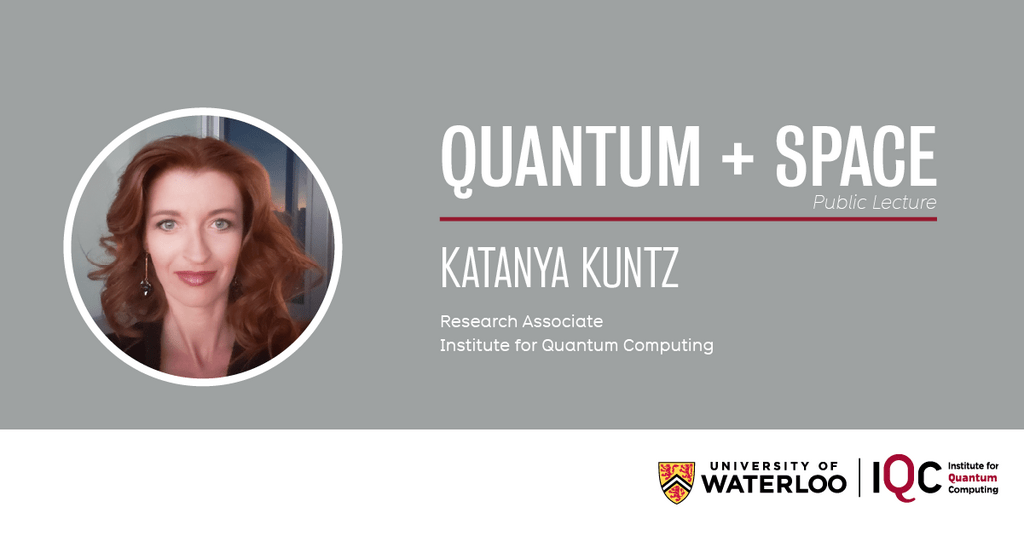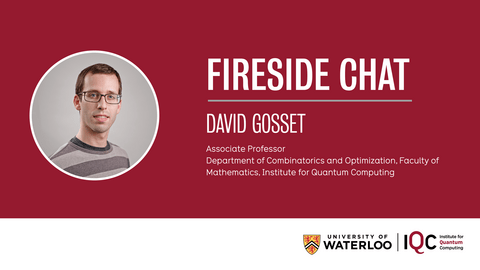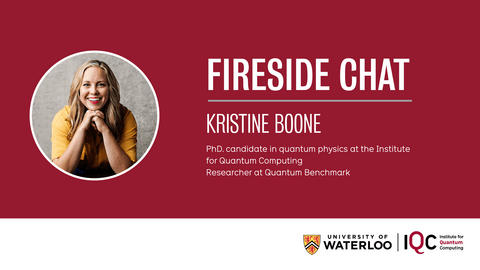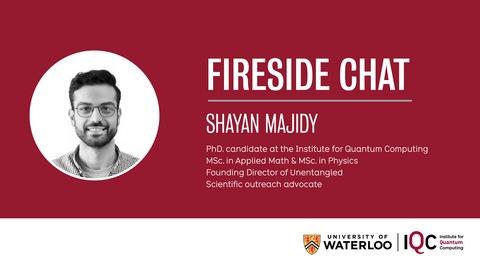QUANTUM + Space Public Lecture
Photons in Space: the Next Frontier! These are the voyages of Canada's first Quantum Satellite Mission - the Quantum EncrYption and Science Satellite (QEYSSat). Its upcoming mission: To explore strange new physics, and enable secure communication across Canada and around the world. To seek out new discoveries and new ways to communicate... To boldly send photons where none have gone before!





 This month, we welcome PhD student Shayan Majidy for a conversation about life as a graduate student, and what it's like to share quantum and science with a young audience.
This month, we welcome PhD student Shayan Majidy for a conversation about life as a graduate student, and what it's like to share quantum and science with a young audience.